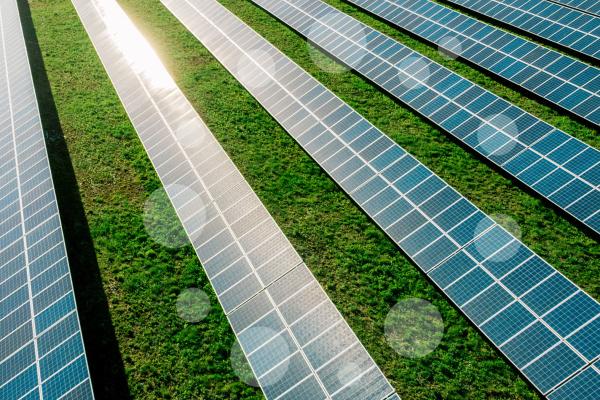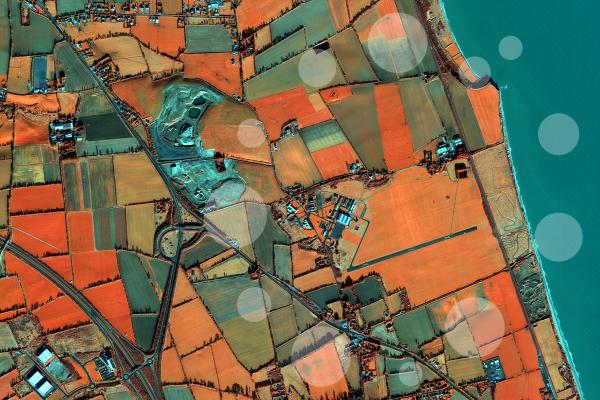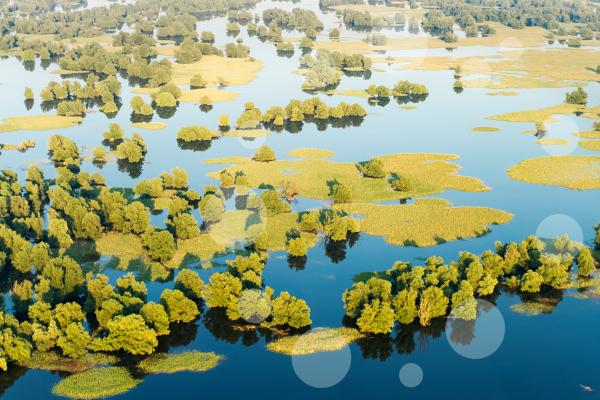Agricultural land covers almost half of Europe’s territory. Technological development, mechanisation, agro-chemicals and genetic research have led to structural modifications in farming practices and put pressure on the environment, leading to soil depletion, water shortages, pollution, habitat degradation and biodiversity loss.
With the objectives of Europe 2020 in mind, the Common Agricultural Policy (CAP) aims to address these issues, promoting the sustainable management of natural resources and balanced territorial development while maintaining a viable food production capacity.
The JRC helps the European Commission and EU Member States to understand how agriculture and the environment are interlinked by providing scientific knowledge gained from geospatial and modelling-based assessments.
It addresses the links between agriculture and biodiversity (pressures and benefits), how agriculture provides ecosystem services, the monitoring of changes in agricultural landscapes, and the impact of agricultural practices on water quality and climate change.
In addition to this, much effort has been devoted to the identification and characterisation of areas where agriculture supports high levels of biodiversity, the so-called ‘High Nature Value (HNV) farmland’ areas.





